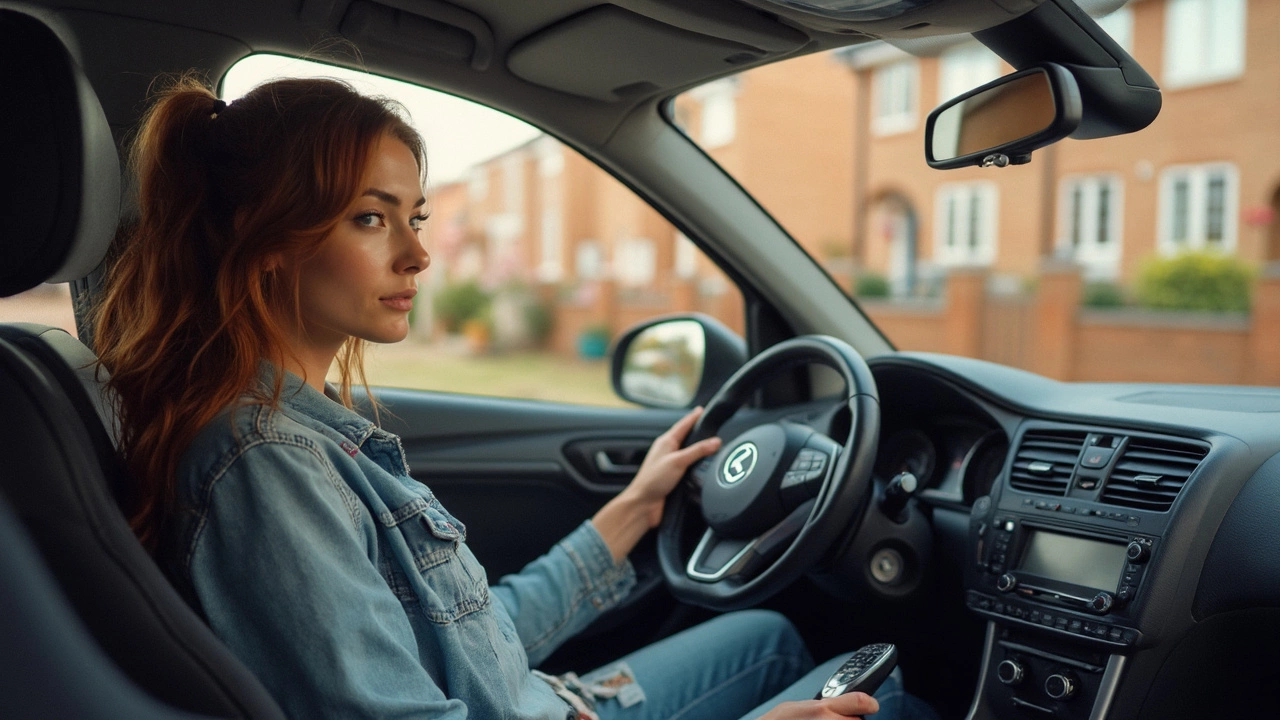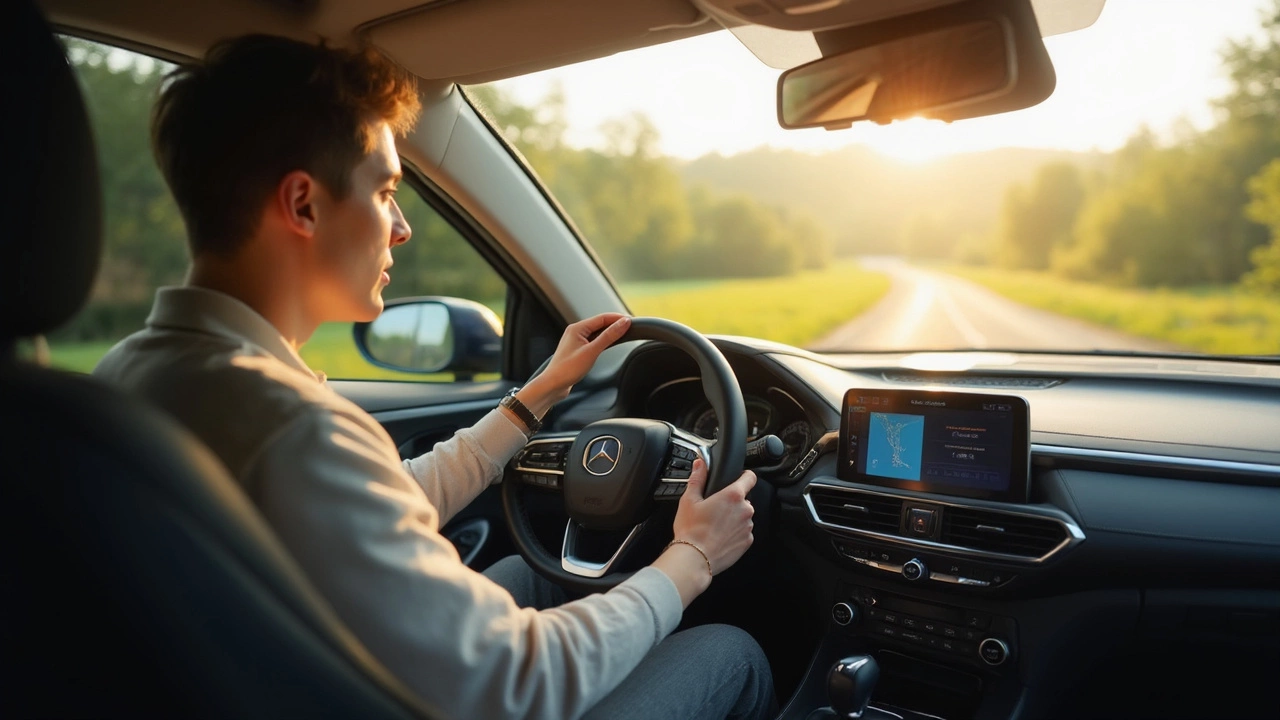Beginner Driving Tips for New Drivers
Starting out behind the wheel can feel like stepping into a noisy, fast‑moving world. You might be scared of making mistakes, nervous about the test, or simply unsure what to focus on when you sit in the cab. The good news? Most of those worries disappear once you have a few solid habits in place. Below are easy, no‑fluff tips you can start using today.
Beat the Nerves Before You Hit the Road
First thing: calm your brain. A short walk, a few deep breaths, or a quick stretch does wonders. Even a piece of fruit like a banana gives you steady energy without the crash that coffee can cause. If you’re heading into a test, try the "5‑4‑3‑2‑1" grounding trick – name five things you see, four you can touch, three you hear, two you smell, and one you taste. It pulls your mind out of the anxiety loop and into the present.
Second, practice the mental run‑through. Close your eyes and picture the whole drive: start the engine, check mirrors, pull out, and merge. Visualising each step builds confidence and reduces the surprise factor when you actually do it.
Stay Focused on the Road
When you’re behind the wheel, the most important thing is where you keep your attention. Keep your eyes moving – glance at the road ahead, then check mirrors, then look at the next intersection. A simple rule is "look, plan, act". Look at what’s coming, plan how you’ll react, then act calmly.
Limit distractions. Put your phone on silent, keep the radio at a low volume, and resist the urge to eat while driving. If you’re learning a heavy goods vehicle, remember the blind spots are larger – check them twice before changing lanes.
Fuel your focus with a light snack about an hour before you drive. Whole‑grain toast, a handful of nuts, or a yoghurt give slow‑release energy. Stay hydrated, but sip water rather than gulping large amounts that could make you need a break.
Finally, use short, regular practice sessions. Ten minutes of focused driving each day beats a three‑hour binge where you get fatigued. Consistency builds muscle memory, and muscle memory means fewer decisions to think about while you’re moving.
These tips work for anyone learning to drive a car, a van, or an HGV. The core ideas – calm the mind, visualise the route, keep eyes moving, cut distractions, and practice regularly – are the building blocks of safe, confident driving. Try them out on your next lesson or test run and notice the difference. Happy driving!
- June 26 2025
- 0 Comments
- Rowan Cavendish
The Essential Starting Point: What You Should Know First About Driving
Get to the real heart of what you should learn first about driving. From mental attitude to hands-on basic skills, here’s the practical approach every new driver needs.
- April 13 2025
- 0 Comments
- Rowan Cavendish
How to Drive an Automatic Car: A Simple Guide
Getting behind the wheel of an automatic can be a breeze with the right guidance. This article breaks down the basics of driving an automatic car, highlighting key differences from manual transmission, tips for smooth transition, and safety essentials. Whether you're a complete novice or just making the switch, these insights will gear you up for the road.
- April 4 2025
- 0 Comments
- Rowan Cavendish
How to Start Driving an Automatic Car
Learning to drive an automatic car can be an exciting and less daunting experience than tackling a manual. This article explains the key steps for beginners to get comfortable with automatic driving. Readers will find tips on managing controls, understanding basic gears, and building confidence on the road. The piece aims to provide insights that make transitioning into the driver's seat smoother and more fun.
- Driving Lessons (41)
- HGV Training (31)
- Driving Test Tips (31)
- Driving Test Booking (26)
- Driving Licence Renewal (23)
- Driving Theory Test (21)
- Pass Plus Course (15)
- Driving Tips (15)
- Intensive Driving Course (15)
- Driver Licensing (14)
Categories
- December 2025 (12)
- November 2025 (13)
- October 2025 (21)
- September 2025 (5)
- August 2025 (8)
- July 2025 (30)
- June 2025 (30)
- May 2025 (30)
- April 2025 (31)
- March 2025 (30)
- February 2025 (28)
- January 2025 (34)
Archives
- driving lessons
- driving test
- driving tips
- intensive driving course
- driving test tips
- HGV training
- learn to drive
- driving theory test
- driver training
- driving test booking
- pass driving test
- HGV driving
- road safety
- driving license renewal
- Virginia driving test
- learner drivers
- safe driving
- Virginia driver's license
- driving license
- learning to drive



